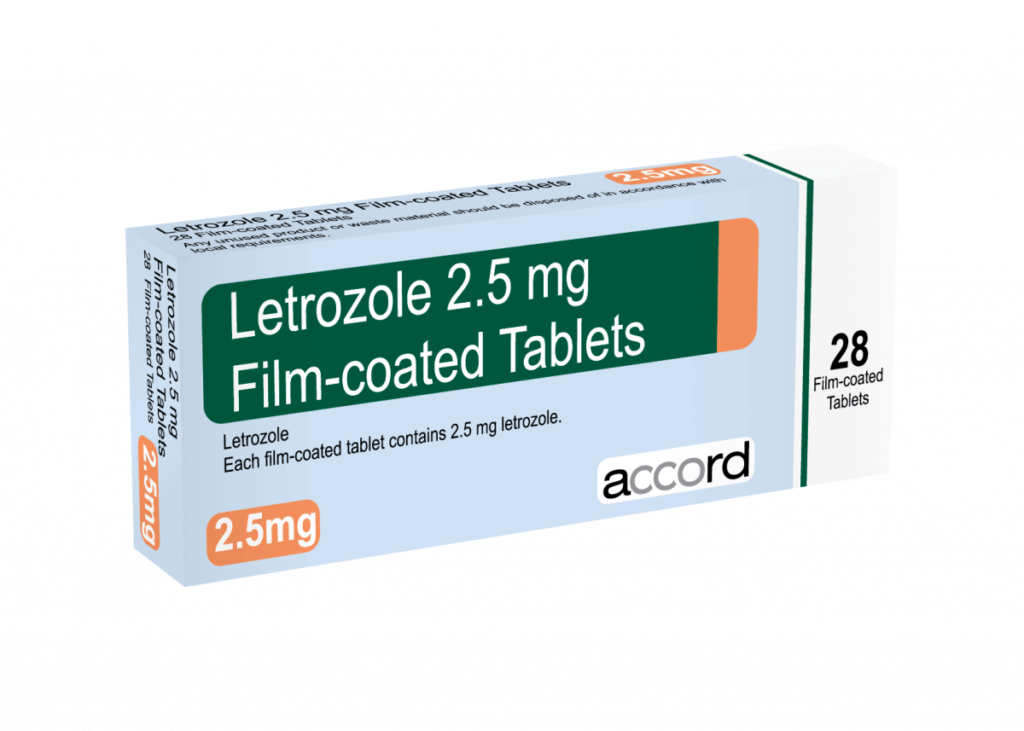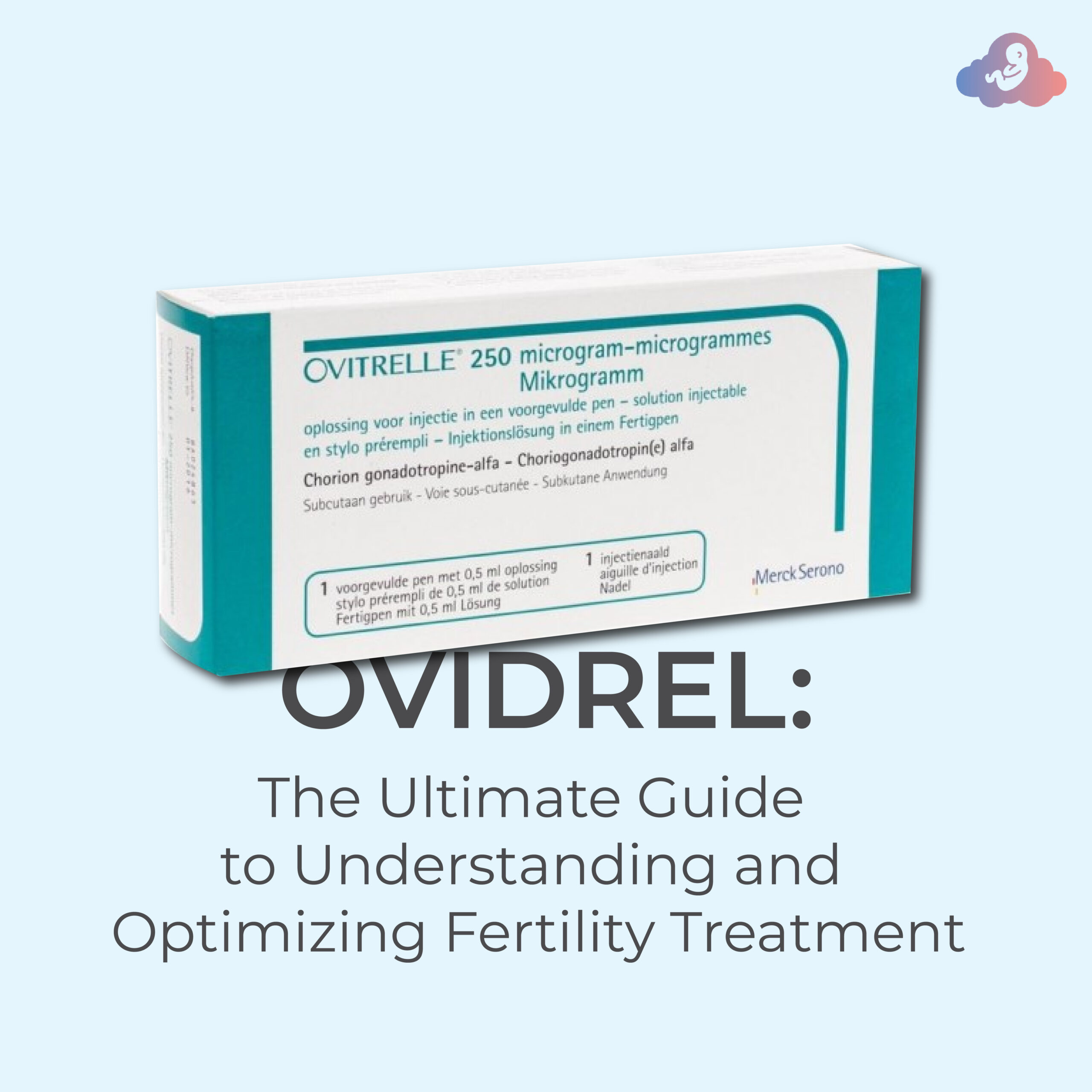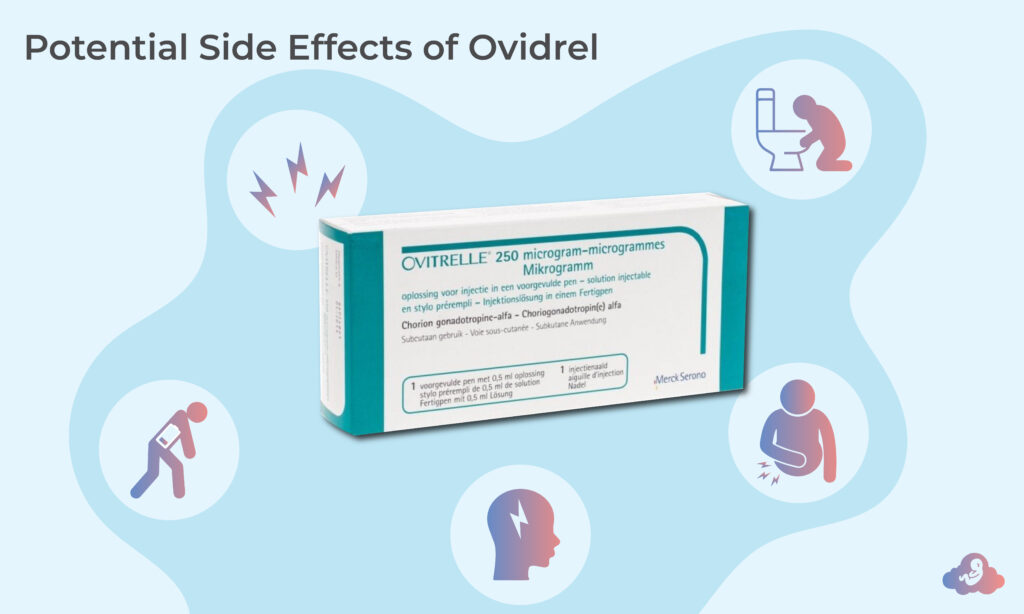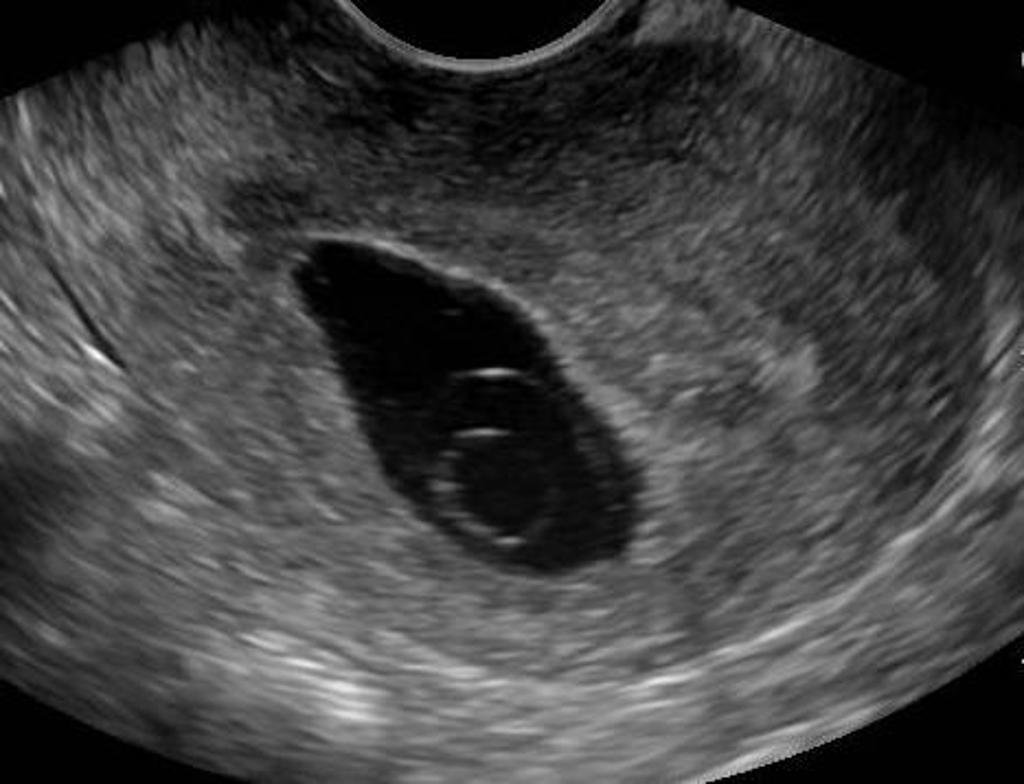Unlock the secrets of AMH levels and their impact on fertility for women over 40.
The Age Factor in Infertility
Trying to conceive can be a challenging journey, especially for women over 40. As age becomes a factor, there are various biological changes that can impact fertility. One such factor that plays a significant role in fertility is Anti-Müllerian Hormone (AMH). Understanding AMH and its role in fertility can provide valuable insights for those navigating the path to parenthood.
Understanding AMH and Its Role in Fertility
AMH, also known as Müllerian-inhibiting substance, is a hormone produced by the ovaries. It plays a crucial role in the development of female reproductive organs during embryogenesis. AMH levels can be measured through a blood test, providing valuable information about ovarian reserve and potential fertility.
AMH is not only important for the development of female reproductive organs, but it also plays a significant role in fertility. Understanding how AMH affects fertility can provide valuable insights for women who are trying to conceive.
What is AMH?
AMH is a substance secreted by the ovarian follicles, which are small sacs in the ovaries that contain developing eggs. It helps regulate the number of eggs available for ovulation. The production of AMH starts early in a woman’s life, even before she is born. The levels of AMH in the blood can provide an indication of a woman’s ovarian reserve, which refers to the number and quality of eggs she has remaining.
Measuring AMH levels through a blood test has become a common practice in fertility clinics. This test can provide valuable information about a woman’s fertility potential. Higher levels of AMH indicate a larger pool of eggs, while lower levels suggest a diminished ovarian reserve.
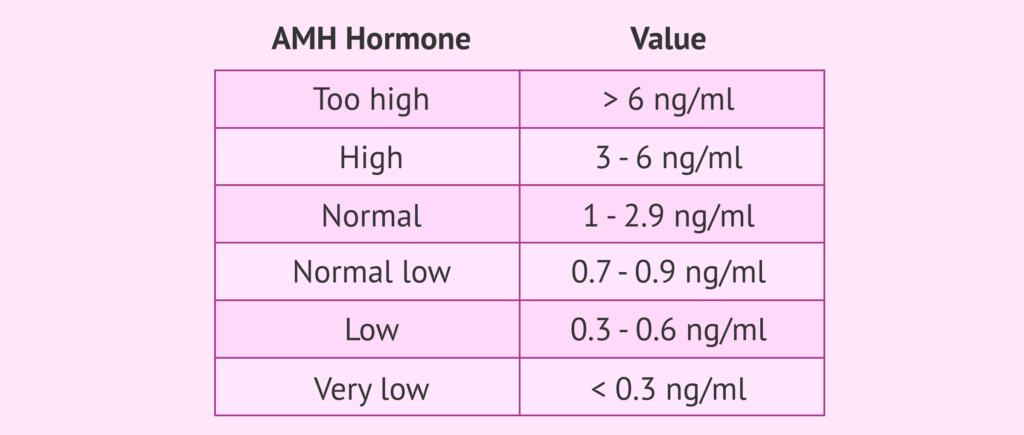
How AMH Affects Fertility
AMH levels are directly correlated with a woman’s chances of achieving pregnancy. As age increases, AMH levels tend to decline. This decline in AMH levels is a natural part of the aging process and is often associated with a decrease in the number and quality of eggs.
Women over 40 often experience a significant reduction in AMH, which can have implications for fertility. Lower AMH levels indicate a diminished ovarian reserve, making it harder to conceive and increasing the likelihood of infertility. However, it’s important to note that AMH levels alone cannot determine a woman’s fertility potential. Other factors, such as the quality of eggs and overall reproductive health, also play a crucial role.
Understanding the relationship between AMH and fertility can help women make informed decisions about family planning and seek appropriate medical interventions if needed. Fertility specialists can provide personalized guidance based on a woman’s AMH levels and other factors to optimize her chances of achieving a healthy pregnancy.
In conclusion, AMH is a hormone that plays a crucial role in female reproductive development and fertility. Measuring AMH levels can provide valuable insights into a woman’s ovarian reserve and potential fertility. While lower AMH levels may indicate a diminished ovarian reserve and decreased fertility, it’s important to consider other factors as well. Consulting with a fertility specialist can help individuals navigate their unique fertility journey and explore available options.
The Impact of Age on AMH Levels
Age plays a crucial role in determining AMH levels and the potential for conception. As women age, the number and quality of their eggs decline. This decline leads to a natural decrease in AMH levels.
However, the impact of age on AMH levels is not uniform across all women. While it is true that AMH levels generally decrease with age, there can be significant variations among individuals. Some women may have higher AMH levels than expected for their age, while others may have lower levels.
It is important to note that AMH levels are just one factor to consider when assessing fertility. Other factors, such as the regularity of menstrual cycles and the presence of any underlying health conditions, also play a role in determining a woman’s fertility potential.
AMH Levels in Women Over 40
For women over 40, it is common to have lower AMH levels compared to their younger counterparts. This decrease in AMH is a natural part of the aging process and is expected as women approach menopause. However, it is important to note that even with lower AMH levels, pregnancy is still possible.
While the decline in AMH levels in women over 40 may indicate a reduced ovarian reserve, it does not necessarily mean that pregnancy is impossible. It is still possible for women in this age group to conceive naturally or with the help of assisted reproductive technologies, such as ovarian stimulation or in vitro fertilization (IVF).
It is worth mentioning that AMH levels alone cannot predict the success of fertility treatments. Other factors, such as the overall health of the woman and the quality of her partner’s sperm, also play a significant role in determining the chances of a successful pregnancy.
How Age Influences AMH Production
With age, the number of ovarian follicles declines, leading to a decrease in AMH production. As the ovaries age, they become less responsive to hormonal signals, resulting in a reduced ability to produce and release mature eggs. This decline in egg quantity and quality contributes to the decrease in AMH levels observed in older women.
In addition to the natural aging process, certain medical conditions or treatments can also impact AMH production. For example, certain chemotherapy regimens or surgeries involving the removal of the ovaries can significantly reduce AMH levels.
It is important to remember that while AMH levels can provide valuable information about a woman’s ovarian reserve, they are not the sole determinant of fertility. Other factors, such as the health of the uterus, the quality of the sperm, and the overall reproductive health of both partners, also play crucial roles in the ability to conceive.
In conclusion, age has a significant impact on AMH levels, with a natural decline observed as women get older. However, it is important to approach fertility assessment holistically, considering multiple factors that contribute to a woman’s fertility potential.
The Relationship Between AMH and Conception
Understanding the relationship between AMH levels and conception success rates can provide valuable insights for women trying to conceive over 40.
Anti-Müllerian hormone (AMH) is a hormone produced by the cells in a woman’s ovarian follicles. It is often used as a marker of ovarian reserve, indicating the number of eggs a woman has remaining in her ovaries. As women age, their AMH levels naturally decline, reflecting the diminishing ovarian reserve.
However, it is important to note that low AMH levels do not necessarily mean that pregnancy is impossible. While AMH levels are associated with reduced fertility, other factors also play a crucial role in conception success rates. These factors include overall health, egg quality, and the presence of any underlying medical conditions.
Consulting with a fertility specialist can provide a more personalized assessment of the chances of achieving pregnancy. They will consider various factors, including AMH levels, to determine the most appropriate course of action. Fertility specialists may recommend lifestyle changes, fertility treatments, or assisted reproductive technologies like in vitro fertilization (IVF) to increase the chances of conception.
AMH Levels and Pregnancy Success Rates
While low AMH levels are associated with reduced fertility, it is essential to note that pregnancy remains possible. The decline in AMH levels does not mean that a woman cannot conceive naturally or with medical assistance. Many women with low AMH levels have successfully conceived and given birth to healthy babies.
When considering pregnancy success rates, it is crucial to understand that AMH levels are just one piece of the puzzle. Other factors, such as overall health, age, lifestyle choices, and the presence of any underlying medical conditions, also influence the chances of conception. A comprehensive evaluation by a fertility specialist can provide a more accurate assessment of the individual’s fertility potential.
It is worth noting that while low AMH levels may indicate a reduced ovarian reserve, it does not necessarily mean poor egg quality. Women with low AMH levels can still have good quality eggs, which can lead to successful pregnancies.
Therefore, it is essential not to solely rely on AMH levels as a definitive measure of fertility. A holistic approach, considering various factors, is necessary to assess the chances of achieving pregnancy.
The Role of AMH in IVF Treatments
In vitro fertilization (IVF) is a common assisted reproductive technology used to help couples conceive. AMH levels play a significant role in determining the success of IVF treatments.
During IVF, fertility medications are used to stimulate the ovaries to produce multiple eggs. The number of eggs retrieved during the retrieval process is an essential factor in the success of IVF. Higher AMH levels are typically associated with a higher response to fertility medications, leading to a greater number of eggs retrieved.
Having a higher number of eggs retrieved increases the chances of successful fertilization and embryo development. It also provides more opportunities for embryo selection and transfer, increasing the likelihood of a successful pregnancy.
However, it is important to note that even with low AMH levels, IVF can still be a viable option. Fertility specialists can tailor the treatment protocol to optimize the chances of success based on individual circumstances. They may adjust the medication dosage or use alternative protocols to stimulate the ovaries effectively.
Additionally, advancements in IVF techniques, such as preimplantation genetic testing, can help identify genetically normal embryos for transfer, increasing the chances of a successful pregnancy, regardless of AMH levels.
In conclusion, while AMH levels provide valuable information about ovarian reserve and can influence conception success rates, they are not the sole determinant of fertility. Other factors, including overall health, egg quality, and the presence of any underlying medical conditions, should also be considered. Consulting with a fertility specialist can provide a comprehensive assessment and personalized recommendations to optimize the chances of achieving pregnancy.
Managing AMH Levels for Optimal Fertility
While AMH levels are influenced by age, there are steps women can take to maximize their fertility potential even with diminished ovarian reserve.
Lifestyle Changes to Improve AMH Levels
Adopting a healthy lifestyle can have a positive impact on AMH levels and overall fertility. Maintaining a balanced diet rich in nutrients, regular physical activity, and avoiding smoking and excessive alcohol consumption are essential for optimizing ovarian health. Additionally, managing stress levels and prioritizing self-care can positively influence hormonal balance and fertility.
Medical Interventions for Low AMH
When facing low AMH levels, there are medical interventions available to enhance fertility. Assisted reproductive technologies, such as IVF and intrauterine insemination (IUI), can help bypass the challenges associated with low AMH levels. Consulting with a fertility specialist will provide a comprehensive evaluation of the available treatment options based on individual circumstances.
The Psychological Impact of AMH Levels on Women Trying to Conceive
Dealing with the possibility of low AMH levels and the challenges of conception can have a significant psychological impact on women. It is crucial to address and manage the emotional aspects of this journey.
Coping with the Stress of Low AMH Levels
Receiving a diagnosis of low AMH levels can be overwhelming and emotionally challenging. Seeking emotional support through counseling, joining support groups, and connecting with others who are going through a similar experience can help in coping with the stress and emotions associated with fertility challenges.
Building Resilience and Hope in the Face of Fertility Challenges
While fertility challenges can be difficult, it is essential to stay hopeful and build resilience throughout the process. Celebrating small victories, practicing self-compassion, and exploring alternative paths to parenthood can help maintain a positive mindset and keep the flame of hope alive.
In conclusion, understanding the significance of AMH when trying to conceive over 40 is crucial for those navigating the journey of parenthood. AMH levels play a significant role in fertility, and while age influences AMH production, there are ways to optimize fertility potential through lifestyle changes and medical interventions. Emotionally, it is important to address the psychological impact of fertility challenges and build resilience throughout the process. By staying informed, seeking support, and maintaining hope, individuals can navigate the path to parenthood with confidence and determination.
To get your AMH tested use our link to get an up to 30% discount (Discount Code CLOUD30) from LetsGetChecked






